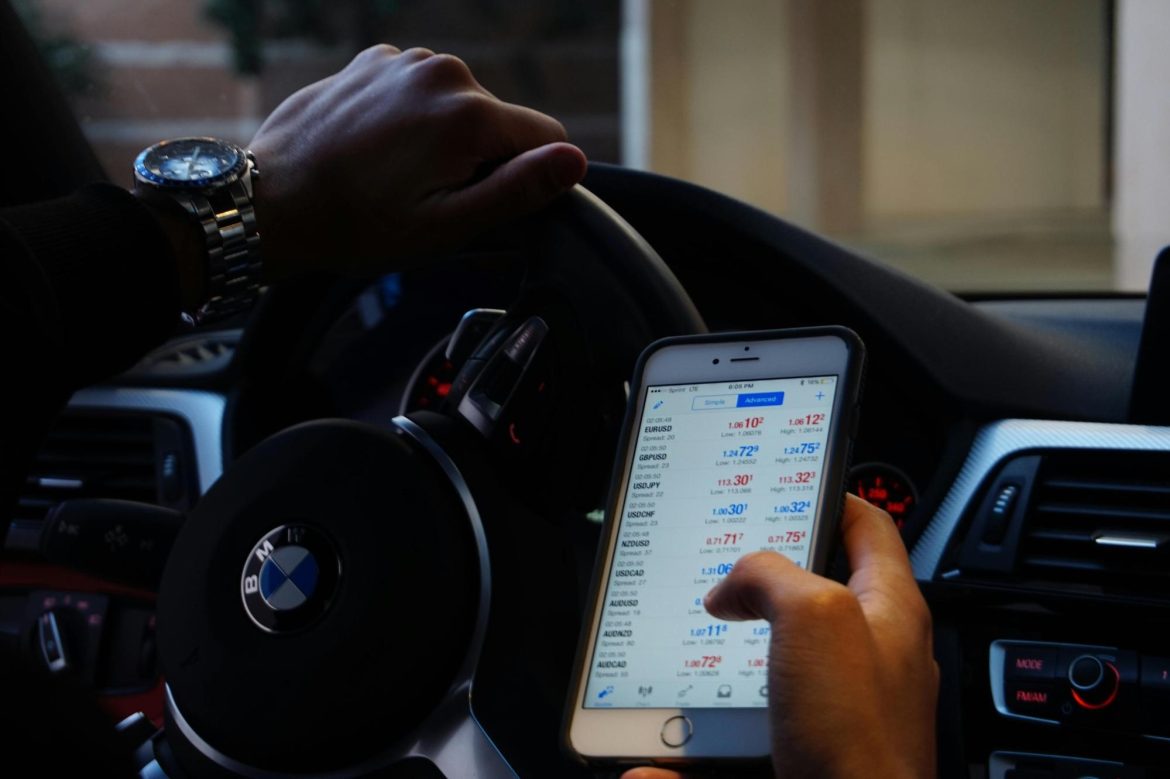The Internet of Things (IoT) is revolutionizing industries and out of all the industries, the automotive industry is one of the industries that has been most impacted. IoT is not only restricted to the manufacturing of cars and their usage but also includes the interaction of cars with the environment around them. This revolution is characterized by new safety norms, increased efficiency, and a new approach to driving that alters the human-car relationship.
Smart Vehicles and Connectivity
It is the concept of smart vehicles that lies at the core of the IoT’s influence on the automotive industry. These cars are connected cars that are implemented with the help of IoT for better connectivity, and they have features like real-time traffic information, automatic crash notification, and compatibility with other smart devices. This connectivity not only makes the driving experience more exciting but, at the same time, makes the roads safer by passing information in real time.
As the architecture of a vehicle, automotive Ethernet is widely used for vehicle connectivity and data communication for better performance. This technology gives a higher data transfer rate and a better connection, which is important in the modern and complex networks of automobiles. Automotive Ethernet is a system of communication that offers improved interconnectivity of various systems within the automobile; hence, it is crucial in the production of connected cars.
Enhanced Safety Features
Reliability has always been a major factor in the auto industry and with IoT, it amps it up. IoT technologies are applied to cars for the improvement of ADAS like automatic emergency braking, lane-keeping assist, etc. All these features are now being integrated into new cars and have tremendously contributed to reducing the occurrences of accidents.
Maintenance and Diagnostics
Iot is also very useful in the maintenance and diagnostics of vehicles. Smart sensors can tell the driver when the vehicle is likely to break down and recommend that the car be taken in for servicing. This can be useful in increasing the useful life of a vehicle, minimizing the development of a mechanical fault, and also saving the driver time and money.
Autonomous Driving
Maybe the most futuristic use of IoT in cars is self-driving cars. It has become possible to equip vehicles with IoT sensors and AL to ‘see’ the environment and steer without being commanded by their drivers. This technology aims at decreasing the number of traffic accidents, lowering traffic congestion, and changing the way that cities operate.
Personalized Driving Experiences
IoT is changing the driving experience in ways that have not been seen before. New technologies have allowed vehicles to become more aware of the driver and his/her behavior, allowing them to set up everything from seat position to interior temperature and driving modes. This level of personalization increases the level of satisfaction among the drivers and builds a stronger bond between the drivers and their cars.
Efficiency and the Effects on the Environment
Concerning environmental friendliness, it is an important issue, and IoT helps make vehicles more efficient. The Internet of Things integrated in electric and hybrid vehicles optimizes energy usage and minimizes the emission of pollutants. Also, IoT applications in traffic management reduce time waste and enhance the efficiency of the routes to be taken, thus reducing fuel consumption and the emission of gases into the atmosphere.
Challenges and Future Directions
Nevertheless, there are some issues that can be encountered when integrating IoT in the automotive industry. These include the challenges on the aspects of data security and privacy, infrastructure requirements, and the likelihood of distractions. However, the current developments in technology and the rigid legal systems are solving these problems as well as creating new opportunities.
Fusing with Smart City Infrastructure
The next big thing in the application of IoT in the automotive industry is their connectivity with smart city infrastructure. Consider cars that can report to traffic lights and hence improve the traffic flow or parking lots that are able to inform drivers when a particular slot is vacant. Such a level of interconnectivity can help minimize traffic jams and emissions, making the cities cleaner and more effective.
On the Usage of Blockchain for Increased Security and Trust
From the above discussion, it can be noted that blockchain technology is the best solution to overcome data security issues. Blockchain technology has properties such as a decentralized ledger, and through that, the information on the vehicles cannot be altered, and the data provided will be correct. It can also be used in secure transactions for instance, when paying for tolls or charging electric cars directly from the vehicle.
AR for Increased Safety and Orientation
Augmented reality is paving the way for a new approach to helping drivers. This means that by projecting relevant information about navigation and safety on the windshield, the driver can get the information without taking his/her eyes off the road. This can also help in decreasing the chances of occurrence of an accident and enhance the driving experience and this is why AR is quite promising for IoT integration in automotive.
Conclusion
As for the automotive industry, IoT has a huge influence and provides safety, efficiency, and individual approaches. With the integration of technology into vehicles, the driving experience is enhanced and the possibility of enhancing safety on the roads and the environment is achieved. The story of IoT in automotive is only starting, and it is for this reason that more and more interesting changes can be expected in the near future in terms of driving and vehicle interfaces.

